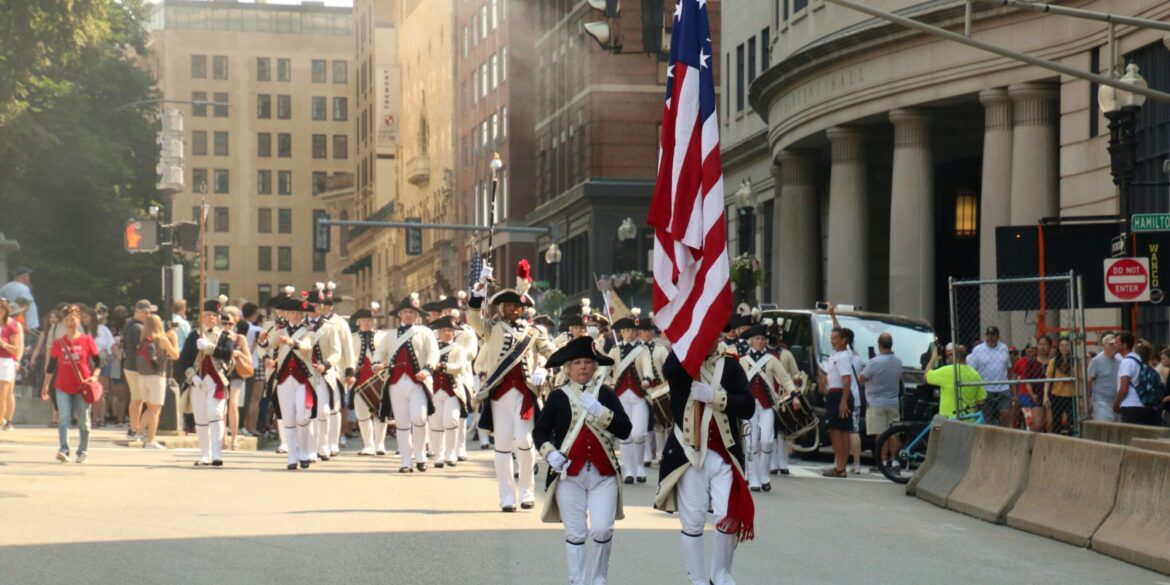WASHINGTON, D.C. — On June 14, 2025, President Donald Trump is set to preside over a grand military parade on the National Mall, commemorating the U.S. Army’s 250th anniversary and coinciding with his 79th birthday. The event, featuring over 6,600 troops, 150 military vehicles, 50 aircraft, and elaborate performances, is estimated to cost between $25 million and $45 million.
The parade will showcase a range of military hardware, including M1 Abrams tanks, Bradley Fighting Vehicles, Paladin Howitzers, and F-22 fighter jets. Troops will don historical uniforms representing conflicts from the Revolutionary War to present-day engagements. The day’s events also include a reenlistment ceremony for 250 soldiers, a parachute demonstration by the Golden Knights, and a fireworks display.
While the administration asserts that the parade honors military service and national pride, critics argue that it serves as a political spectacle aimed at glorifying the president. The timing of the parade, aligning with Trump’s birthday, has fueled accusations of politicizing the military and using public funds for personal celebration.
Defense officials have defended the parade’s cost, emphasizing its potential to boost recruitment and morale. However, lawmakers have questioned the allocation of funds, especially amid budget cuts affecting military housing and other essential services.
The parade has also sparked widespread counterprotests, with the “No Kings” movement organizing demonstrations in over 1,500 cities across all 50 states. These protests, expected to be the largest coordinated anti-Trump demonstrations since the beginning of his administration, criticize the parade as a display of authoritarianism and a misuse of military resources.
In Washington, D.C., the WorldPride parade, held on June 7, featured thousands of LGBTQ+ individuals and allies marching in defiance of Trump’s rollback of queer rights. The parade highlighted military veterans and public service contingents as symbols of inclusion and resistance under the slogan “Let them serve.”
The military parade’s route, stretching from the Pentagon to the National Mall, has necessitated extensive logistical preparations, including the installation of large metal plates on city streets to protect infrastructure from the weight of heavy military vehicles.
As the nation approaches the parade date, the event continues to polarize public opinion, raising questions about the intersection of patriotism, politics, and the appropriate use of military displays in a democratic society.

